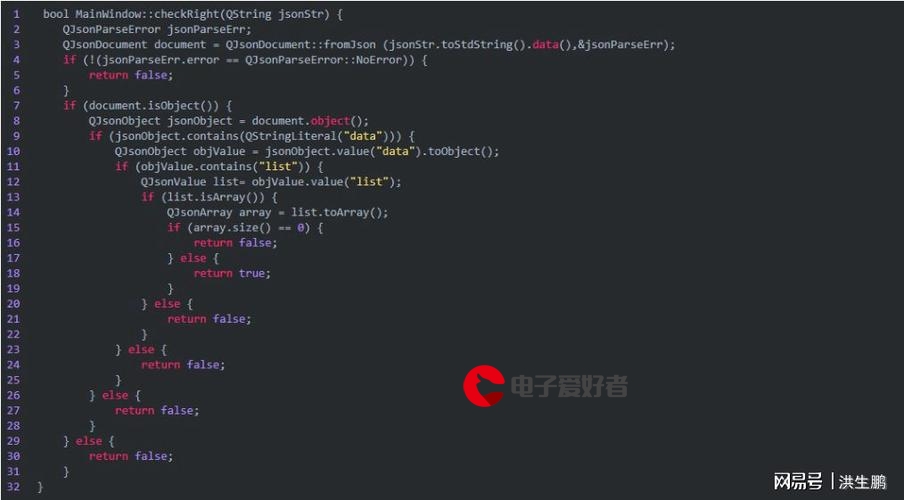 四种方法"/>
四种方法"/>
javaFx事件绑定的四种方法
第一种:一个事件建一个类(比较容易理解,但是每次一个事件都要创建一个类,繁琐,只绑定一次)
第二种内部类(直接在表示类中再新建一个类,较为简洁)
第三种匿名类(不用起名字,更加简约)
第四种lambda 表达式(最简约,格式较以往不同需要多敲几遍才能记住)
(event)->{count ++; …}
事件类
/** To change this license header, choose License Headers in Project Properties.* To change this template file, choose Tools | Templates* and open the template in the editor.*/
package panessetlocation;import javafx.event.ActionEvent;
import javafx.event.EventHandler;/**** @author liulufei*/
public class myClickHandler implements EventHandler<ActionEvent>{@Overridepublic void handle(ActionEvent arg0) {System.out.println("点击按钮");}}
在显示类中新建事件类对象
/** To change this license header, choose License Headers in Project Properties.* To change this template file, choose Tools | Templates* and open the template in the editor.*/
package panessetlocation;import javafx.scene.shape.Rectangle;
import javafx.application.Application;
import javafx.event.ActionEvent;
import javafx.event.EventHandler;
import javafx.scene.Scene;
import javafx.scene.control.Button;
import javafx.scene.control.Label;
import javafx.scene.layout.HBox;
import javafx.scene.paint.Color;
import javafx.stage.Stage;public class PanesSetLocation extends Application {int count = 0;@Overridepublic void start(Stage primaryStage) {Label num = new Label();//生成一个矩形对象Rectangle shape1 = new Rectangle(50, 100);//设置矩形的位置,x,y坐标,左上角为0,0从左到右,从上到下//shape1.setX(20);//shape1.setY(20);//设置边界颜色。使用了Color颜色类美式英语shape1.setStroke(Color.BLACK);//设置填充颜色shape1.setFill(Color.YELLOW);HBox pane = new HBox();pane.getChildren().add(shape1);Scene scene = new Scene(pane, 200, 200);Button button = new Button("???");Button button2 = new Button("按钮2");pane.getChildren().add(button);pane.getChildren().add(button2);pane.getChildren().add(num);
//-----------------------------------------------//第一种方式:新建一个事件类的对象myClickHandler click = new myClickHandler();System.out.println("?");//绑定事件到按钮上button.setOnAction(click);//第二种方式:内部类-------------------------------------------// class myClick implements EventHandler<ActionEvent>{
//
// @Override
// public void handle(ActionEvent arg0) {
// count += 1;
// num.setText(count + "");
// System.out.println(count);
// }
//
// }
//
// button2.setOnAction(new myClick());
// 第三种方式:使用匿名类-------------------------------------
// button2.setOnAction(new EventHandler<ActionEvent>(){
// @Override
// public void handle(ActionEvent arg0) {
// count ++;
// num.setText(count + "");
// System.out.println(count);
// }
//
// }
// );
//----------------------------------------
//第四种方式,使用lambda 表达式,最简约,但是格式不同以前,稍微有些难记(event) -> {count ++;...}button.setOnAction((event)->{count ++;num.setText(count+"");});primaryStage.setTitle("pane Example");primaryStage.setScene(scene);primaryStage.show();}/*** @param args the command line arguments*/public static void main(String[] args) {launch(args);}}更多推荐
javaFx事件绑定的四种方法












发布评论